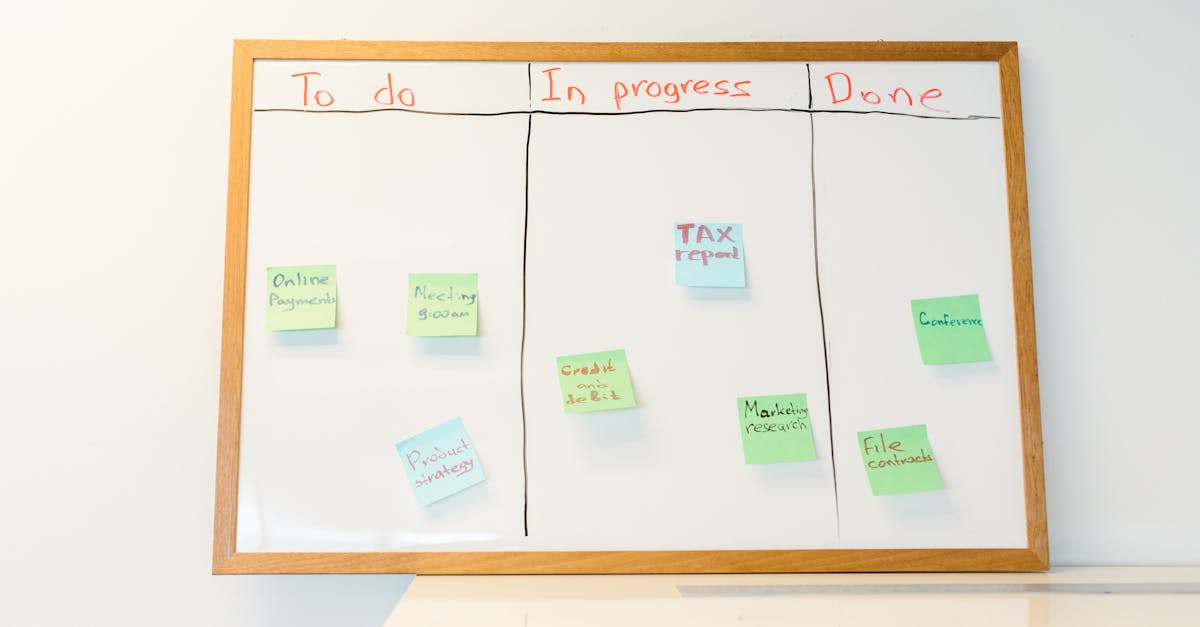
Introduction
Slow approvals, missed deadlines, and jurisdictional blind spots are the reality for many distributed HR teams: every delayed leave approval or stalled offer costs time, compliance risk, and employee trust. The good news is you don’t need heavy engineering or a bespoke ticketing project to fix it—document automation and no‑code templates can convert ad hoc requests into predictable, auditable flows that cut response time and reduce escalation noise.
This article walks through practical, no‑code template recipes to build an SLA‑driven remote workflow: define clear SLA tiers and routing rules, craft conditional templates that route by role, urgency, and jurisdiction, apply auto‑escalation and SLA timer logic, and surface results with dashboards and alerts. You’ll also see how integrations (HRIS, Slack, ticketing), ready‑made Formtify templates, and operational practices like SLOs and runbooks tie it all together so HR, legal, and managers can respond faster and more consistently.
Define SLA tiers and routing rules for common remote HR requests
Define clear SLA tiers for request types that frequently appear in remote HR: urgent (P1), standard (P2), and low‑priority (P3).
Examples of SLA targets:
- P1 (Urgent) — initial response within 1 hour, resolution or escalation within 4 hours (e.g., employee relations incidents, system outages).
- P2 (Standard) — initial response within 24 hours, resolution within 3–5 business days (e.g., leave approvals, job offers).
- P3 (Low) — initial response within 48–72 hours, resolution within 10 business days (e.g., policy questions, non‑urgent info requests).
Routing rules should be explicit and map to your distributed workflow. Route by request type first, then by urgency, then by jurisdiction or team:
- Leave requests → HRBP for employee location, manager approval required. (Use a leave template.)
- Job offers and hiring approvals → Recruiter → Hiring Manager → Legal/Compensation (use the job offer template).
- Terminations and sensitive cases → Senior HR + Legal immediate routing (see termination template).
- Performance outcomes → Manager → HRBP → Compensation (link to performance appraisal).
Design these tiers to support a virtual workflow and hybrid workflow scenarios by including remote work processes such as asynchronous approvals and notification windows for distributed team members.
Build conditional templates to route work by role, urgency, and jurisdiction
Use conditional templates that evaluate form fields and metadata to pick the correct routing path.
Key conditions to include
- Role — employee, manager, HRBP, legal, finance. Route to the correct approver role.
- Urgency — escalate paths for P1 vs P2 vs P3.
- Jurisdiction — apply country/state rules for local labor laws, benefits, and payroll.
Implementation tips:
- Keep templates modular: separate sections for validation, approver selection, and notifications so you can reuse a remote workflow template across scenarios.
- Use simple boolean flags (e.g., “sensitive_case=true”) to change routing to legal review.
- Include fallback owners and SLA timers when the primary approver is unavailable — this supports distributed workflow and hybrid workflow coverage.
These conditional templates play nicely with remote collaboration habits like asynchronous communication techniques and will reduce back‑and‑forth.
Auto‑escalation patterns, parallel approvals, and SLA timer logic
Auto‑escalation patterns ensure SLAs are met even when people are offline or distributed.
Common patterns
- Linear escalation — after X hours without action, escalate to manager → HRBP → Head of People.
- Parallel approvals — send approvals to multiple approvers at once (e.g., manager + finance). Mark request approved when all required parties sign off, or use majority/any depending on governance.
- SLA timers — separate timers for “response” vs “resolution”. Pause timers for external dependencies (e.g., awaiting employee documentation).
Timer logic best practices:
- Track timer state (active, paused, escalated) and attach it to the ticket so auditors can reconstruct timelines.
- Implement reminder cadence (e.g., 50% elapsed, 80% elapsed, final reminder) via email/Slack to the owner and backup.
- Use timezone‑aware calculations for global teams to avoid false escalations in a virtual workflow.
These patterns align with remote workflow automation goals and are among good remote workflow best practices for reliable distributed workflow operations.
Measure and surface SLAs: dashboards, alerts, and stakeholder reporting
Define what to measure: SLA compliance rate, mean time to first response, mean time to resolution, number of escalations, and backlog age by request type.
Dashboards and alerts
- Create real‑time dashboards segmented by team, jurisdiction, and SLA tier so stakeholders can quickly spot trouble.
- Use color thresholds (green/amber/red) for SLA health and expose both current and trend views.
- Configure alerts for breached SLAs and for approaching breach thresholds; push to Slack channels and email to on‑call HR leads.
Stakeholder reporting:
- Weekly digest for leadership with SLA compliance and top problem areas.
- Monthly process reports for continuous improvement that include root‑cause analysis of repeated escalations.
Surface these metrics in your shared digital collaboration platforms to support remote collaboration and provide clear remote workflow examples for teams.
Integrations: connect templates to HRIS, Slack, and ticketing systems for realtime routing
Connect your templates to upstream and downstream systems to automate routing and reduce manual handoffs.
Common integrations
- HRIS (Workday, BambooHR) — pull employee metadata (location, manager, employment type) to determine routing and jurisdiction rules.
- Slack / MS Teams — send notifications, approvals, and reminders; support one‑click approvals from chat for fast response.
- Ticketing systems (Jira, Zendesk) — create and update tickets automatically for audit trails and case management.
Technical patterns:
- Use webhooks for realtime events, and APIs for lookups and updates.
- Maintain a small middleware layer to normalize data across systems and to implement SLA timer state centrally — this enables consistent remote work processes across tools.
- Secure integrations with role‑based API tokens and audit logging for compliance.
These integrations enable cloud‑based workflows and improve remote team management by keeping routing decisions data‑driven and near realtime.
Formtify templates to implement SLA‑driven workflows (leave, promotions, terminations)
Map SLAs to Formtify templates so standard requests immediately inherit routing and timer logic.
- Leave requests: use the leave of absence template and attach P2 SLAs, manager and HRBP approvals, and jurisdictional checks.
- Promotions / Job offers: start with the job offer template for offer approvals and comp control, with parallel approvals from manager and compensation.
- Terminations: the termination template should trigger immediate escalation to legal and senior HR and use a P1 SLA.
- Performance outcomes: tie the performance appraisal template into promotion and compensation workflows to automate consequence routing.
These Formtify templates act as ready‑made building blocks for a repeatable remote workflow, reducing setup time and ensuring consistent application of your remote workflow best practices and remote workflow automation patterns.
Operational tips: SLOs, runbooks, and continuous improvement loops
Set SLOs that align with business outcomes (e.g., 95% of standard leave requests processed within 3 business days) — SLOs should be realistic and tied to resource capacity.
Runbooks and playbooks
- Create runbooks for common P1 scenarios (data breach, termination) that include checklists, owner contacts, and escalation trees.
- Document parallel approval flows and how to pause/unpause SLA timers in the runbook so responders don’t inadvertently breach SLAs.
Continuous improvement:
- Run monthly retrospectives focusing on breached SLAs and frequent bottlenecks.
- Use small experiments (change approval windows, add backup approvers) and measure impact against SLOs.
- Share playbook updates and SLA changes in regular training for HR and managers to support a resilient telecommuting strategy and distributed workflow.
These operational practices tie your remote workflow into measurable, improvable processes so the team can scale confidently while maintaining compliance and speed.
Summary
Conclusion — make approvals predictable, auditable, and fast
By defining clear SLA tiers, building conditional no‑code templates, and applying auto‑escalation and timer logic, you convert ad hoc HR and legal requests into repeatable processes that reduce response time and escalation noise. Add dashboards, integrations (HRIS, Slack, ticketing), and documented runbooks so owners know what to do when a P1 hits and auditors can reconstruct timelines.
Document automation gives HR and legal teams a way to enforce routing rules, capture evidence, and scale decisions without adding headcount—improving compliance, reducing manual handoffs, and restoring employee trust in distributed operations. Implementing these building blocks around a single, well‑defined remote workflow reduces friction and lets teams focus on higher‑value work.
Ready to apply these patterns to your templates and SLAs? Get started with Formtify: https://formtify.app
FAQs
What is a remote workflow?
A remote workflow is a sequence of coordinated tasks and approvals designed to run across distributed teams and locations, often supported by digital forms and automation. It turns informal request handling into a predictable process with clear owners, timers, and audit trails so work proceeds reliably even when people are asynchronous.
How do you create a remote workflow?
Start by mapping common request types and assigning SLA tiers (urgent, standard, low priority), then build conditional templates that route by role, urgency, and jurisdiction. Add auto‑escalation rules, fallback owners, and integrations to pull employee metadata so routing is data‑driven and timers behave correctly across time zones.
What tools are needed for a remote workflow?
You’ll typically need a form/template engine (like Formtify) to capture requests, an HRIS for employee data, a chat tool for notifications and approvals, and a ticketing or case system for audit trails. A lightweight middleware or webhook layer helps normalize data and maintain SLA timer state across systems.
How do you ensure security in a remote workflow?
Apply role‑based access controls, least‑privilege API tokens, and encryption in transit and at rest to protect sensitive HR data. Maintain audit logs for every action, use secure webhooks or middleware, and document access and escalation policies in runbooks to support compliance reviews.
How can productivity be measured in a remote workflow?
Track metrics like mean time to first response, mean time to resolution, SLA compliance rate, number of escalations, and backlog age by request type. Surface these in dashboards and weekly reports, then run retrospectives and small experiments to improve SLOs based on real data.





